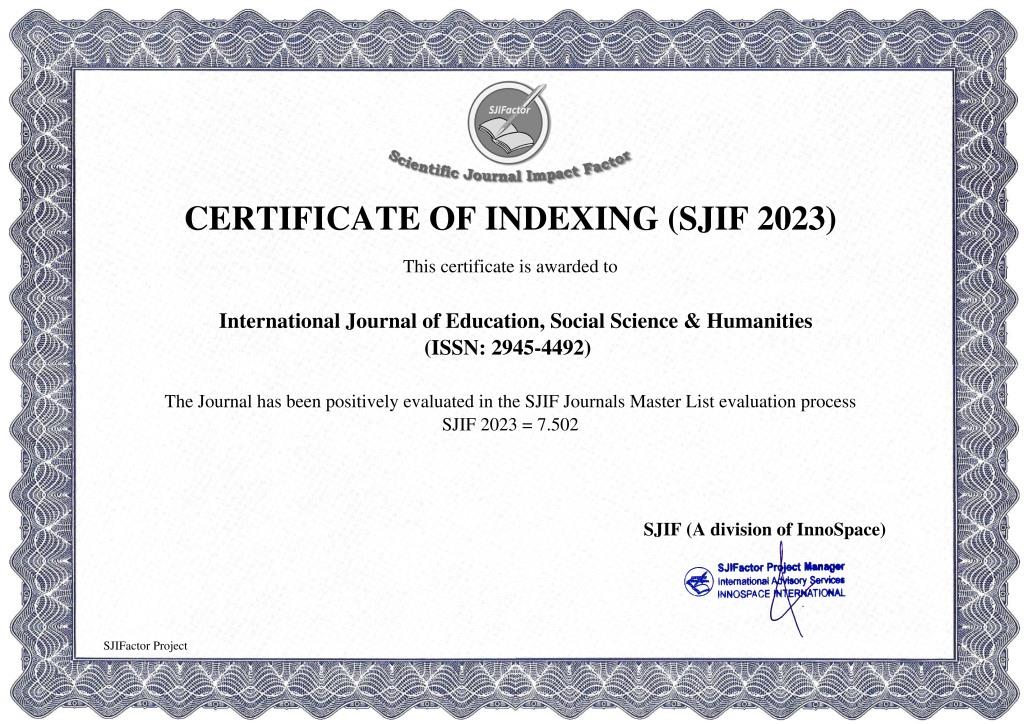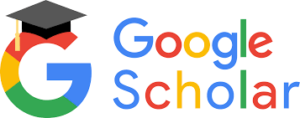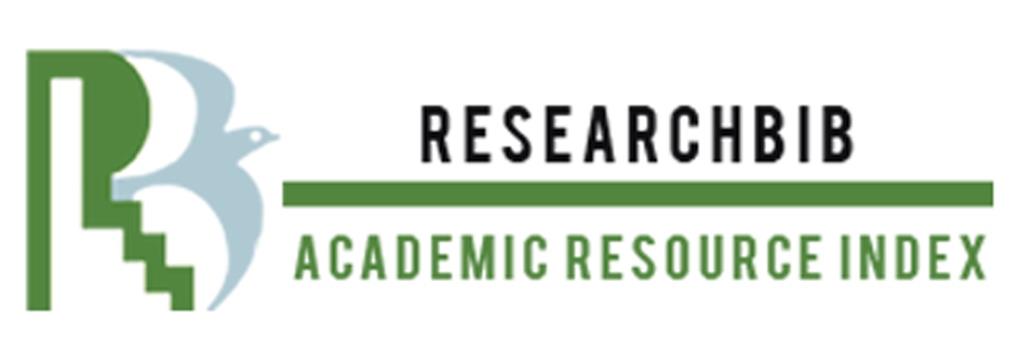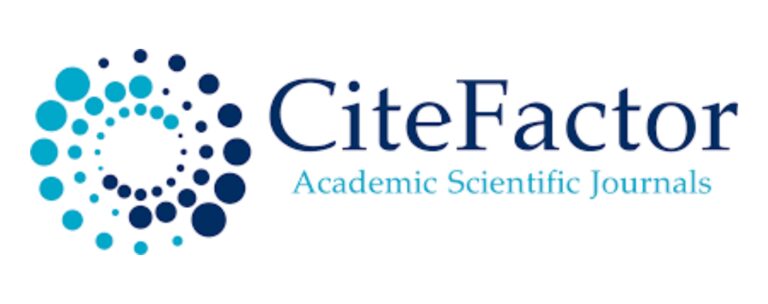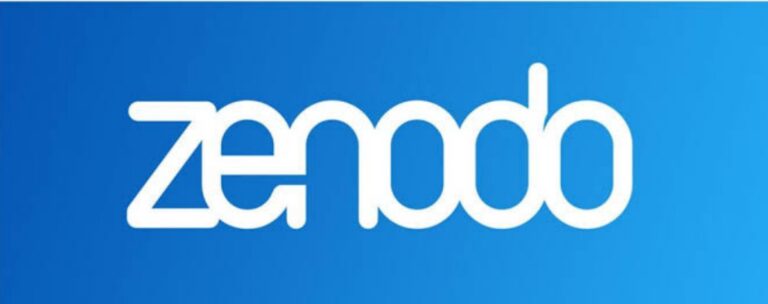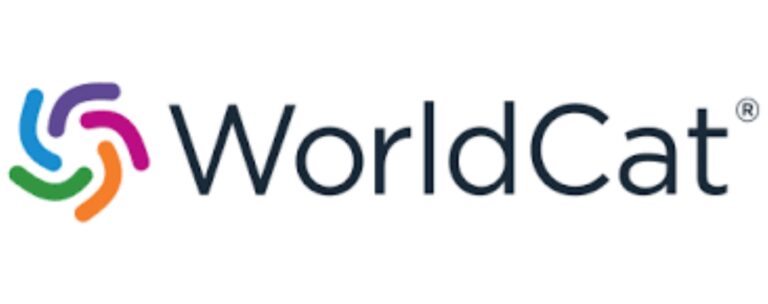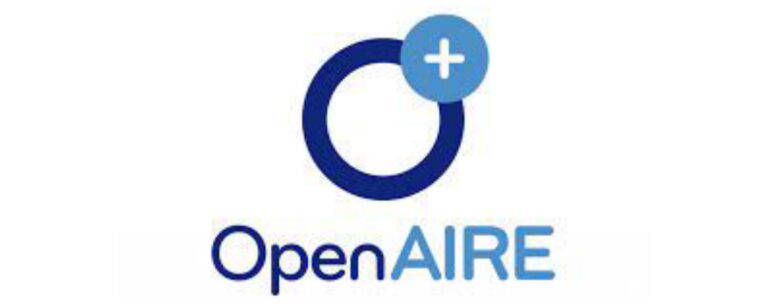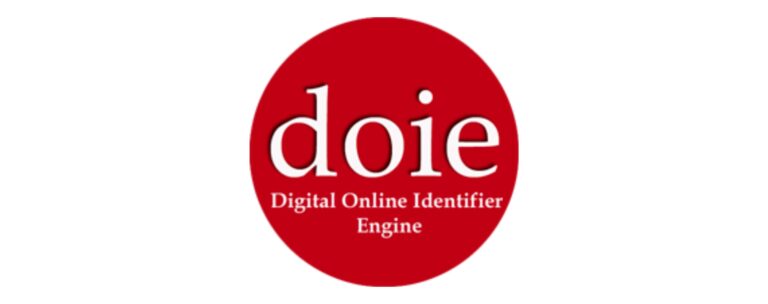COMPETENCE IN DIGITAL TECHNOLOGIES AND INFORMATION COMMUNICATION FOR A FOREIGN LANGUAGE TEACHER
Keywords:
digital education, education system, internet, information, technologyAbstract
The incorporation of diverse digital technology tools, such as forums, quick communication mobile applications, teleconferencing, into the educational process facilitates immediate feedback among participants. It enables ongoing dialogue between teachers and students, synchronous/asynchronous interactions among all group members, fostering the development of communication skills, logical thinking, the capacity for dialogue and discussion, as well as the ability to make independent decisions and analyze materials.
References
Siemens, G. MOOCs are really a Platform, 2012. URL: http://www.elearnspace.org/blog/2012/07/25/moocs-are-really-a-platform (accessed 10.09.2015).
CourseLab http://www.courselab.ru/
Easygenerator https://www.easygenerator.com/
European E-competence Framework, 2010. URL: www.ecompetences.eu
Tamara Kavilova. On the Compilation of a Textbook in French for Students of Non- Linguistic Universities. International Journal of Psychosocial Rehabilitation, Vol. 24, Issue 08, 2020 ISSN: 1475-7192
Tamara Kavilova. Modern methods of teaching a foreign language. EPRA International Journal of Research and Development (IJRD).Volume: 5 | Issue: 1 | January 2020 - Peer Reviewed Journal 2020 EPRA IJRD | Journal DOI: https://doi.org/10.36713/epra2016 | www.eprajournals.com |189 |Tamara Kavilova.
The internet in the process of teaching a foreign language. European Journal of Research and Reflection in Educational Sciences Vol. 8 No. 3, 2020 Part II ISSN 2056-5852. Progressive Academic Publishing, UK Page 68 www.idpublications.org
Smart Builder https://www.smartbuilder.com/



